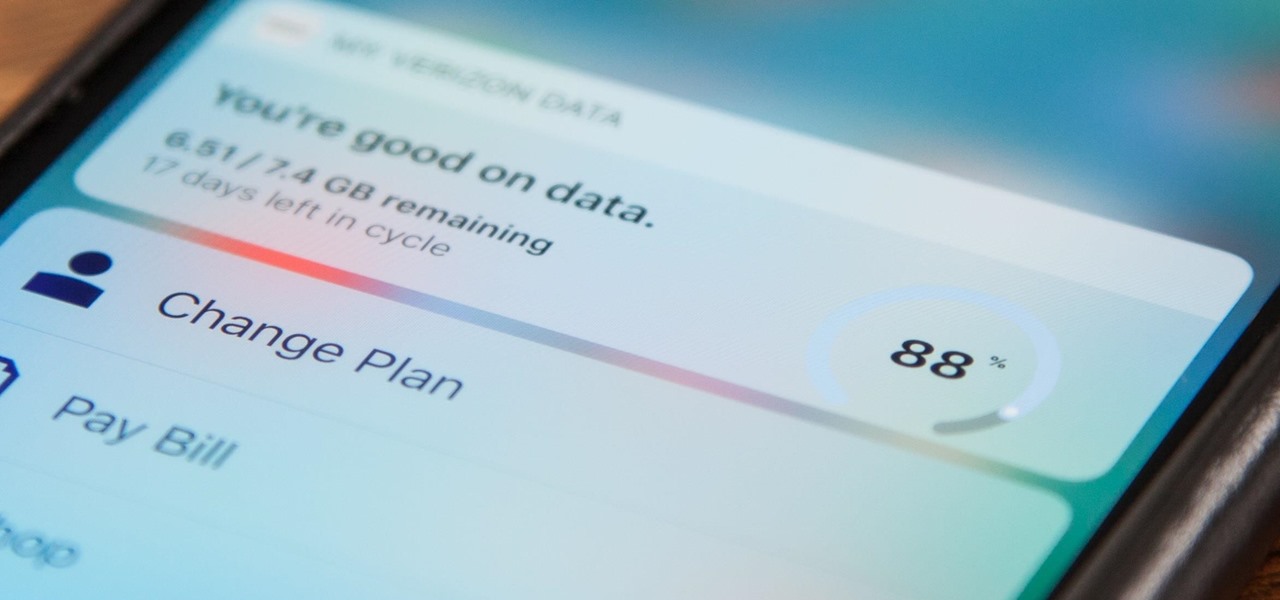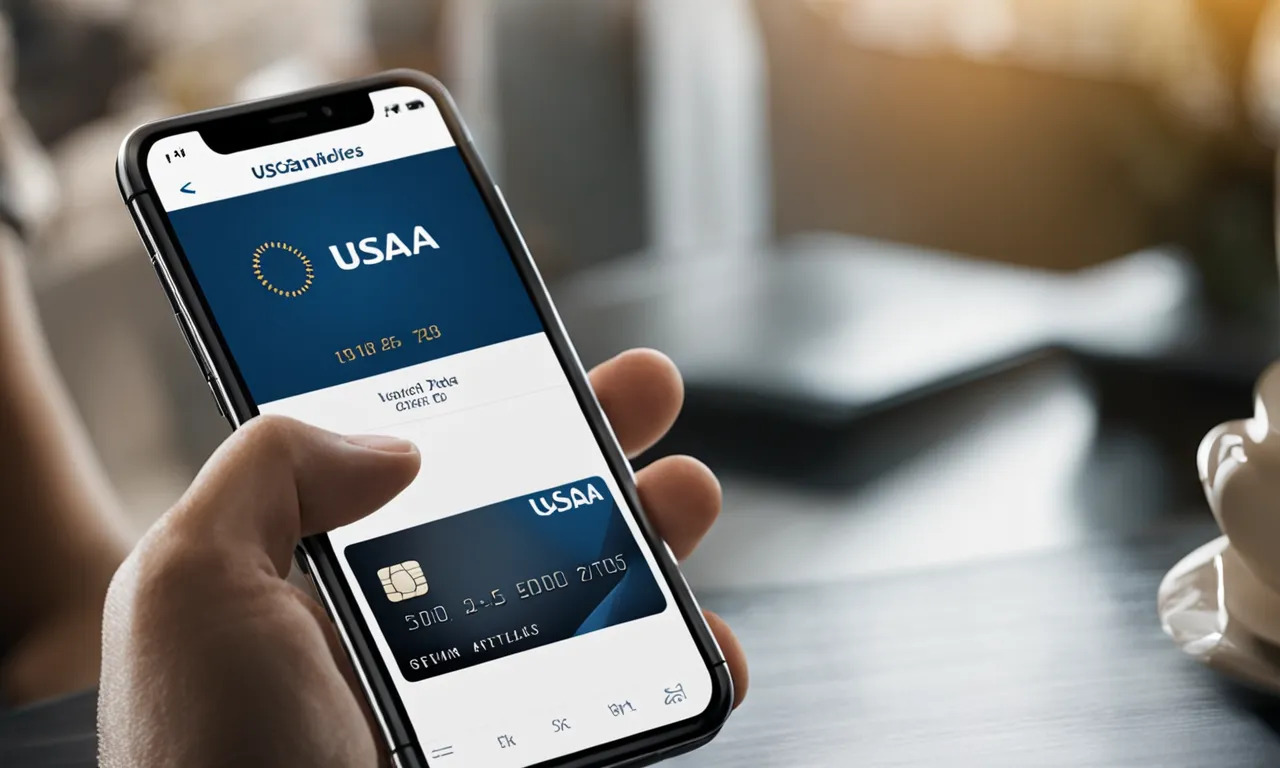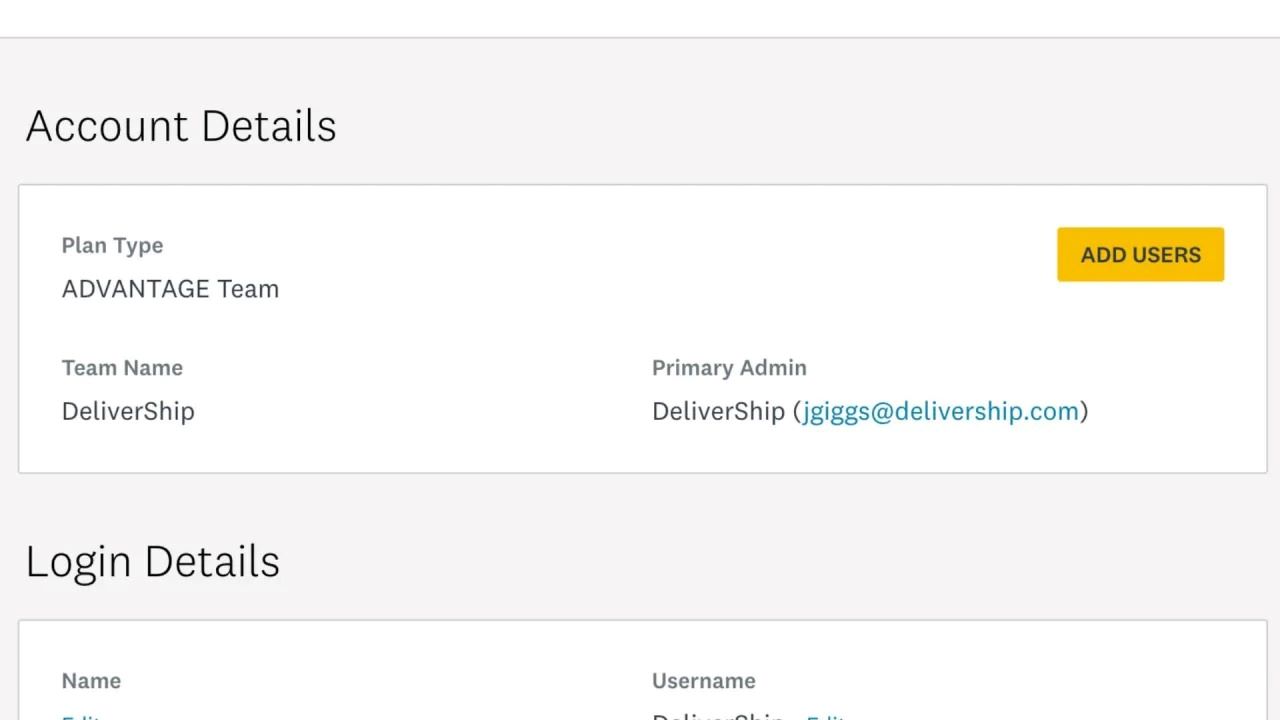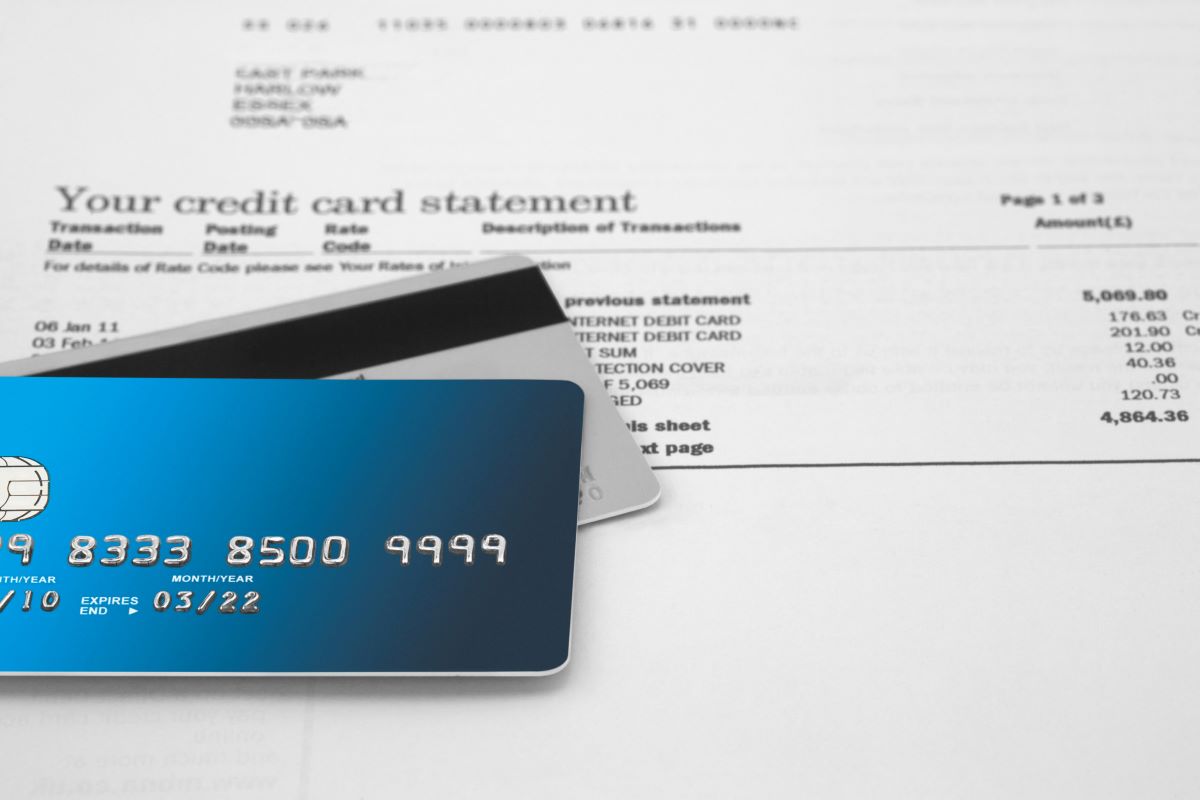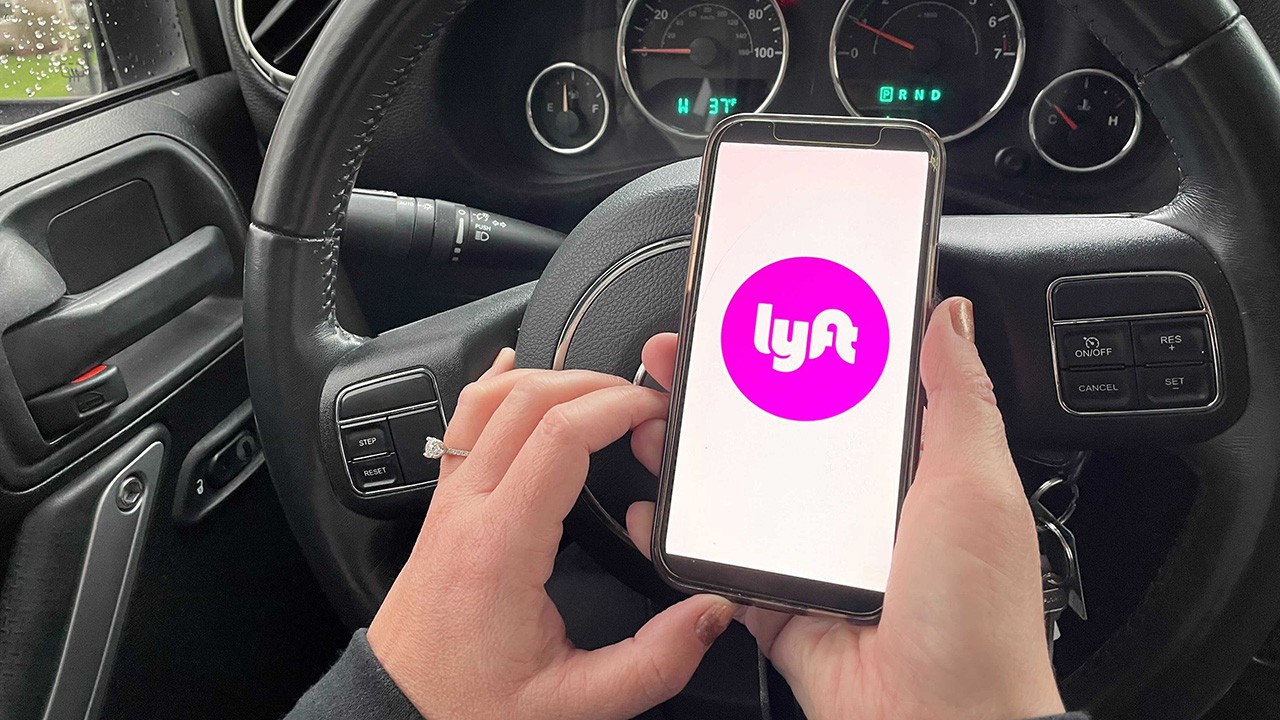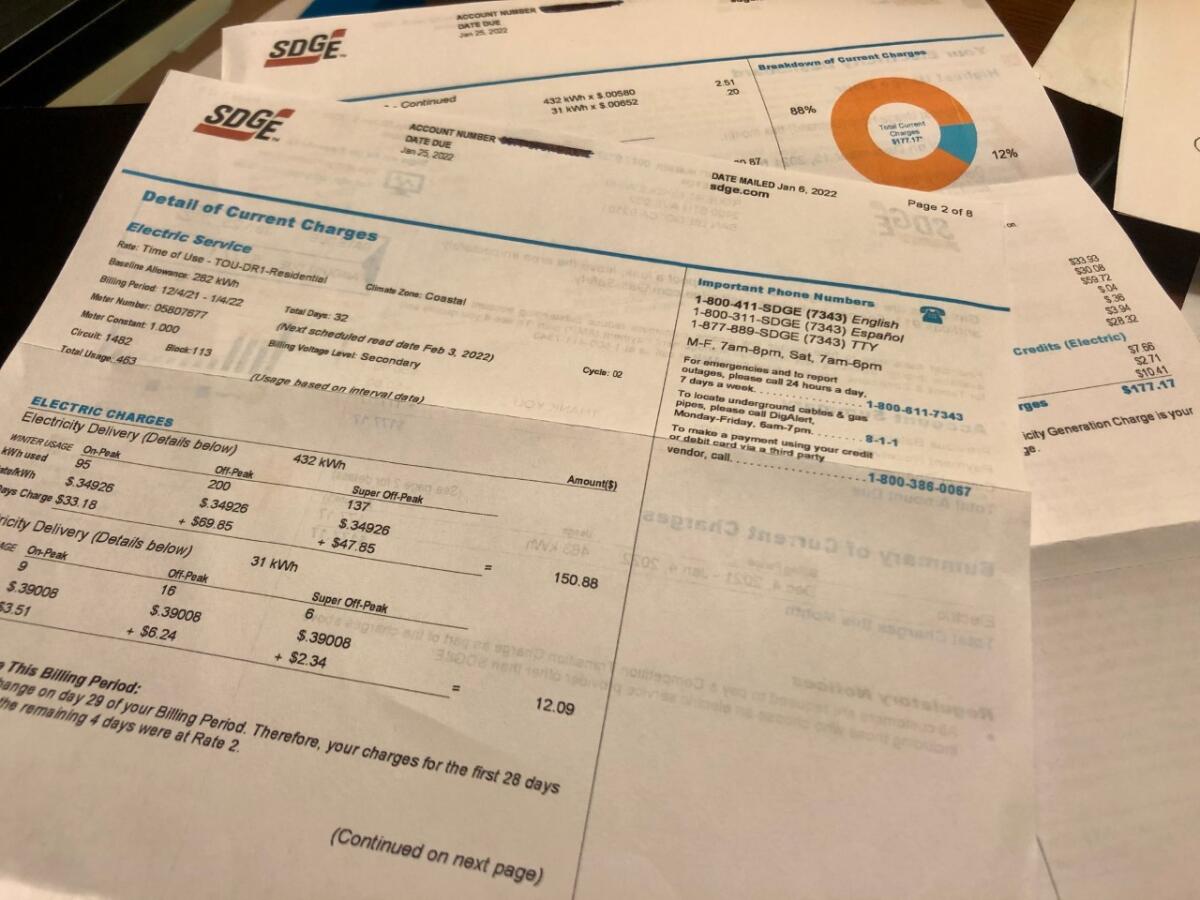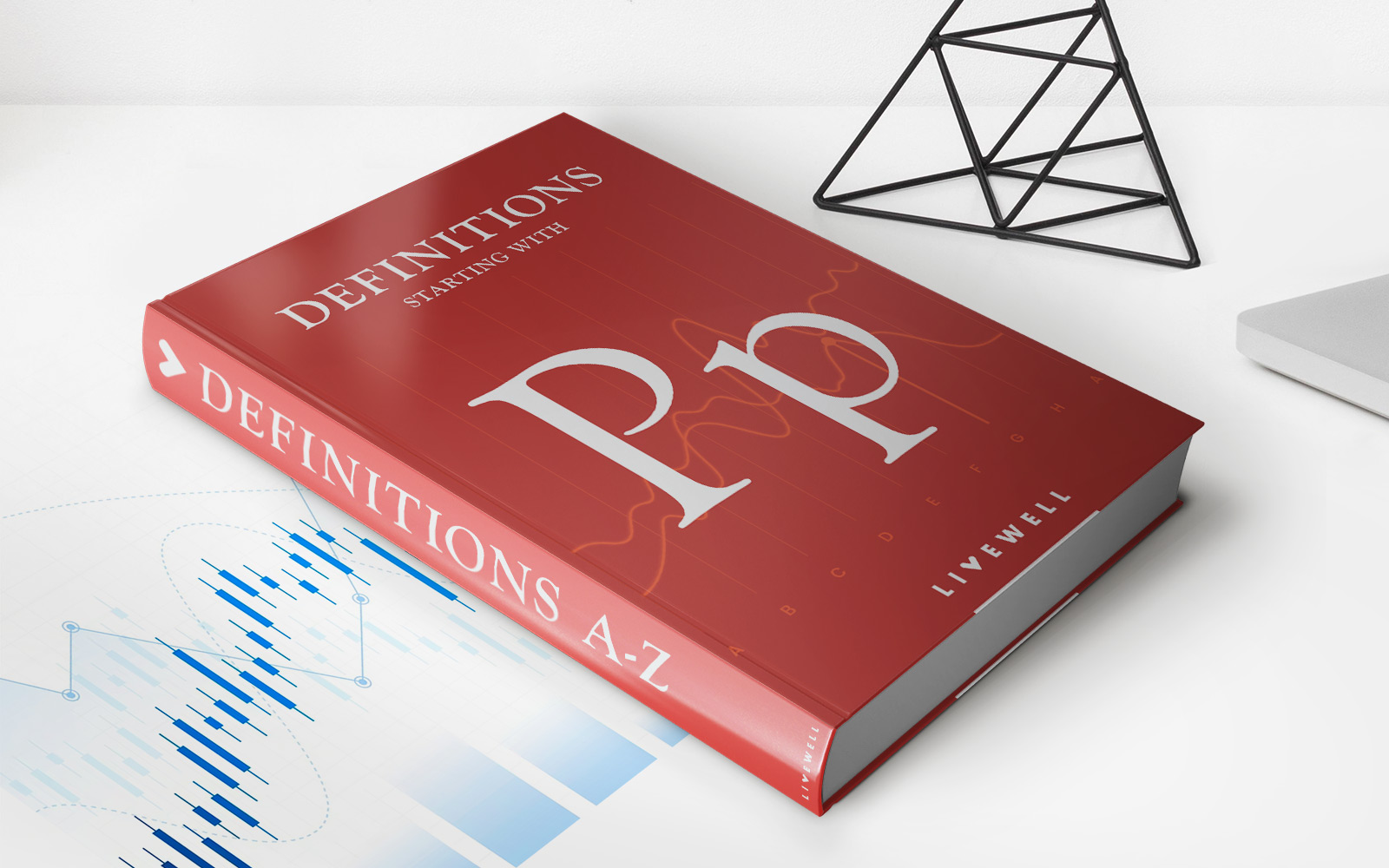

Finance
How Long Is The Billing Cycle For NV Energy?
Published: March 7, 2024
The billing cycle for NV Energy varies based on your location and usage. Understanding the billing cycle is essential for managing your finances effectively. Find out more here.
(Many of the links in this article redirect to a specific reviewed product. Your purchase of these products through affiliate links helps to generate commission for LiveWell, at no extra cost. Learn more)
Table of Contents
Introduction
Understanding the Billing Cycle for NV Energy
When it comes to managing your household or business expenses, understanding the billing cycle for your energy provider is crucial. In the case of NV Energy, comprehending the intricacies of the billing cycle can empower customers to make informed decisions about their energy usage and budgeting. The billing cycle refers to the period for which the energy consumption is measured, and the subsequent bill is generated. For NV Energy customers, this cycle typically spans a specific number of days, and it is essential to grasp the duration to effectively plan and manage energy usage.
Throughout this article, we will delve into the details of NV Energy’s billing cycle, shedding light on the factors influencing its length and providing insights on how consumers can optimize their energy usage within this timeframe. By gaining a comprehensive understanding of the billing cycle, NV Energy customers can take proactive steps to control their energy costs and contribute to a more sustainable and efficient energy consumption pattern.
Understanding the Billing Cycle for NV Energy
The billing cycle for NV Energy, like that of many other utility providers, encompasses the duration for which your energy consumption is monitored and billed. For NV Energy customers, this cycle typically lasts for about 28 to 35 days. Understanding the specifics of this timeframe is essential for effectively managing your energy usage and budgeting for your monthly expenses.
During the billing cycle, NV Energy measures the amount of electricity or gas consumed by a customer. This data is then used to calculate the total cost of energy usage for the given period. Subsequently, customers receive their bills, detailing the energy consumption and the associated charges. It is important to note that the billing cycle may vary slightly based on factors such as holidays or weekends, which can impact the duration of the cycle.
NV Energy provides detailed information about the billing cycle on customer invoices and through online account management portals. By familiarizing yourself with the specific start and end dates of your billing cycle, you can better align your energy usage patterns and financial planning to suit the given timeframe.
Customers should also be aware of the different rates and charges that may apply during the billing cycle. NV Energy offers various rate plans, each with its own pricing structure. Understanding the applicable rates and how they factor into your overall energy costs is crucial for making informed decisions about energy consumption.
Moreover, NV Energy encourages customers to explore energy-saving strategies and programs that can help optimize usage within the billing cycle. By leveraging energy-efficient practices and technologies, customers can not only reduce their energy bills but also contribute to environmental sustainability.
In the next section, we will explore the factors that can influence the length of the billing cycle for NV Energy, shedding light on the variables that may impact this timeframe. Understanding these factors can provide valuable insights into managing energy usage more effectively within the given billing cycle.
Factors Affecting the Length of the Billing Cycle
The duration of the billing cycle for NV Energy can be influenced by several factors, each of which plays a role in determining the length of the monitoring and billing period. Understanding these factors can provide valuable insights into the dynamics of the billing cycle and how it aligns with your energy usage patterns.
One of the primary factors that can impact the length of the billing cycle is the scheduling and logistics of meter readings. NV Energy, like many utility providers, relies on meter readings to track energy consumption accurately. The frequency and timing of these readings can affect the duration of the billing cycle. Delays in meter readings due to holidays, weekends, or other operational considerations can extend the billing cycle beyond the standard timeframe.
Additionally, seasonal variations in energy usage patterns can influence the length of the billing cycle. During periods of high energy demand, such as extreme weather conditions, the billing cycle may be adjusted to accommodate the increased monitoring of energy consumption. This can result in a longer billing cycle to capture the heightened usage and ensure accurate billing.
Furthermore, administrative and operational factors within NV Energy’s infrastructure can contribute to variations in the billing cycle. Changes in billing processes, system upgrades, or other internal considerations may impact the duration of the billing cycle for customers. It is essential for NV Energy customers to stay informed about any updates or changes that could affect the billing cycle duration.
Customer-specific factors, such as account management activities or billing adjustments, can also play a role in the length of the billing cycle. For instance, if a customer requests a billing review or dispute resolution during a billing cycle, it may extend the monitoring period to accommodate the necessary assessments and adjustments.
By understanding these factors, NV Energy customers can gain insights into the nuances of the billing cycle and how external and internal variables can influence its duration. This awareness empowers customers to adapt their energy usage and financial planning to align with the specific dynamics of the billing cycle.
In the following section, we will explore strategies for managing energy usage effectively within the billing cycle, providing practical tips for optimizing consumption and controlling costs.
How to Manage Your Energy Usage within the Billing Cycle
Effectively managing your energy usage within the billing cycle is essential for controlling costs and promoting sustainable consumption. NV Energy customers can implement various strategies to optimize their energy usage and make informed decisions about their consumption patterns. By adopting these approaches, customers can contribute to lower energy bills and reduced environmental impact.
- Monitor Your Usage: Stay informed about your energy consumption throughout the billing cycle. NV Energy provides tools and resources for customers to track their usage patterns, enabling them to identify peak consumption periods and areas where energy-saving measures can be implemented.
- Implement Energy-Saving Practices: Embrace energy-efficient habits and technologies to reduce your overall energy usage. Simple actions such as turning off lights when not in use, optimizing thermostat settings, and using energy-efficient appliances can make a significant difference in your energy bills.
- Explore Time-of-Use Plans: NV Energy offers time-of-use rate plans that incentivize customers to shift energy-intensive activities to off-peak hours when electricity rates are lower. By adjusting your usage patterns to align with these plans, you can potentially lower your energy costs within the billing cycle.
- Participate in Energy Efficiency Programs: NV Energy provides various energy efficiency programs and incentives to help customers upgrade to energy-saving technologies and implement sustainable practices. By participating in these programs, customers can not only save on energy costs but also contribute to environmental conservation.
- Regular Maintenance and Upgrades: Ensure that your home or business is equipped with energy-efficient systems and appliances. Regular maintenance and upgrades can improve energy efficiency, leading to long-term cost savings and reduced energy consumption within the billing cycle.
By proactively managing your energy usage and leveraging the resources offered by NV Energy, you can make a meaningful impact on your energy bills and environmental footprint. Embracing energy-saving practices and staying informed about your consumption patterns are key steps in optimizing your energy usage within the billing cycle.
As we conclude our exploration of the billing cycle for NV Energy, it is evident that customer awareness and proactive energy management are integral to controlling costs and promoting sustainability. By understanding the nuances of the billing cycle and implementing energy-efficient strategies, NV Energy customers can navigate their energy usage with confidence and contribute to a more efficient and environmentally conscious energy landscape.
Conclusion
Understanding the billing cycle for NV Energy is a fundamental aspect of managing energy usage and expenses for residential and commercial customers. The insights gained from comprehending the dynamics of the billing cycle empower customers to make informed decisions about their energy consumption, budgeting, and environmental impact.
Throughout this article, we have explored the intricacies of NV Energy’s billing cycle, shedding light on its typical duration, factors influencing its length, and strategies for managing energy usage within this timeframe. By gaining a comprehensive understanding of the billing cycle, NV Energy customers can optimize their energy consumption and contribute to a more sustainable and cost-effective approach to energy usage.
Factors such as meter readings, seasonal variations, and operational considerations can impact the length of the billing cycle, highlighting the dynamic nature of energy monitoring and billing. By recognizing these factors, customers can adapt their energy management strategies to align with the specific dynamics of the billing cycle, ultimately controlling costs and promoting efficient usage.
Managing energy usage within the billing cycle involves proactive monitoring, embracing energy-saving practices, exploring rate plans, and participating in energy efficiency programs. These strategies enable customers to make tangible contributions to lower energy bills and environmental conservation while aligning their usage with the billing cycle’s dynamics.
As NV Energy continues to prioritize customer education and sustainable energy initiatives, customers are encouraged to leverage the resources and programs offered to optimize their energy usage and contribute to a more efficient energy landscape.
In conclusion, an informed approach to the billing cycle empowers NV Energy customers to take control of their energy usage, manage expenses effectively, and play a part in advancing sustainable energy practices. By staying attuned to the nuances of the billing cycle and implementing energy-saving strategies, customers can navigate their energy consumption with confidence and contribute to a more sustainable future.
